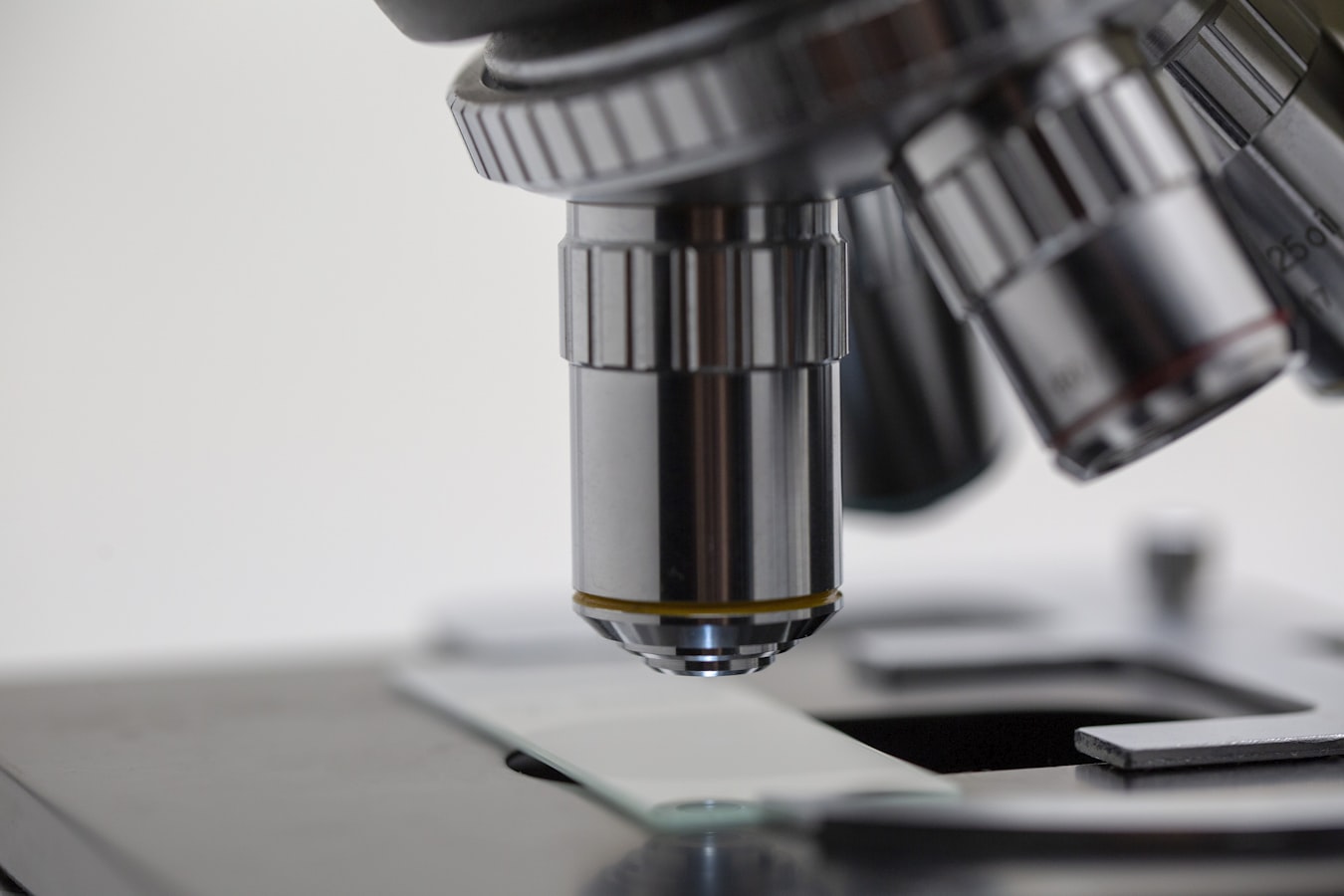Possible Non-Antibiotic Strategy for Treating Bacterial Meningitis
Due to the increasing threat of antibiotic resistance, there is a dire need for new strategies against life threatening bacterial infections. Now, scientists at Lund University in Sweden and the University of Copenhagen have identified an alternative treatment strategy for bacterial meningitis--a serious infection that can lead to sepsis. The study was published in Nature Communications.
"The development of resistance in bacteria is accelerating and we need alternatives to antibiotics. The drug we use in the studies is a therapeutic biological product derived from humans and has already been approved for human use. They are not expensive and have also been tested against many different bacteria and infections. Bacterial meningitis is a major challenge in many parts of the world. In India, for example, it is a major cause of death among children, so there would be significant benefits there from using such a treatment strategy," says Tirthankar Mohanty, one of the researchers behind the study.
Researchers studied the cerebrospinal fluid (CSF) of patients with bacterial meningitis via advanced microscopy. They were found to be cloudy and full of lumps, which indicated neutrophil extracellular traps (NETs). Interestingly, patients with viral meningitis had CSF that was free from NETs.
"It is as though in pure frustration they turn themselves inside out in a desperate attempt to capture the bacteria they have not been able to overcome. Using this approach, they capture a number of bacteria at once in net-like structures, or neutrophil extracellular traps (NETs). This works very well in many places in the body where the NETs containing the captured bacteria can be transported in the blood and then neutralized in the liver or spleen, for example. However, in the case of bacterial meningitis these NETs get caught in the cerebrospinal space, and the cleaning station there is not very effective," explains Adam Linder, associate professor at Lund University and specialist in Infectious Diseases at Skåne University Hospital.
The researchers were aware that NETS were mostly DNA and so they wondered what would happen if you brought in drugs used for cutting up DNA, so-called DNase.
"We gave DNase to rats infected with pneumococcus bacteria, which caused bacterial meningitis, and could show that the NETs dissolved and the bacteria disappeared. It seems that when we cut up the NETs, the bacteria are exposed to the immune system, which finds it easier to combat the bacteria single-handed. We were able to facilitate a significant reduction in the number of bacteria without antibiotic intervention, says Tirthankar Mohanty.
Researchers are now looking forward to setup DNase drugs for a major international clinical study for the treatment of patients with bacterial meningitis.
Source: ScienceDaily.com









